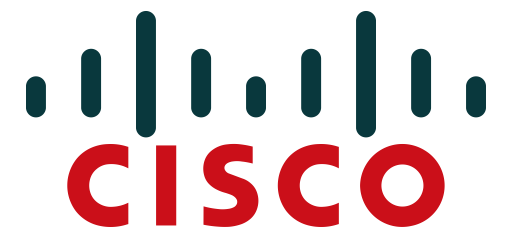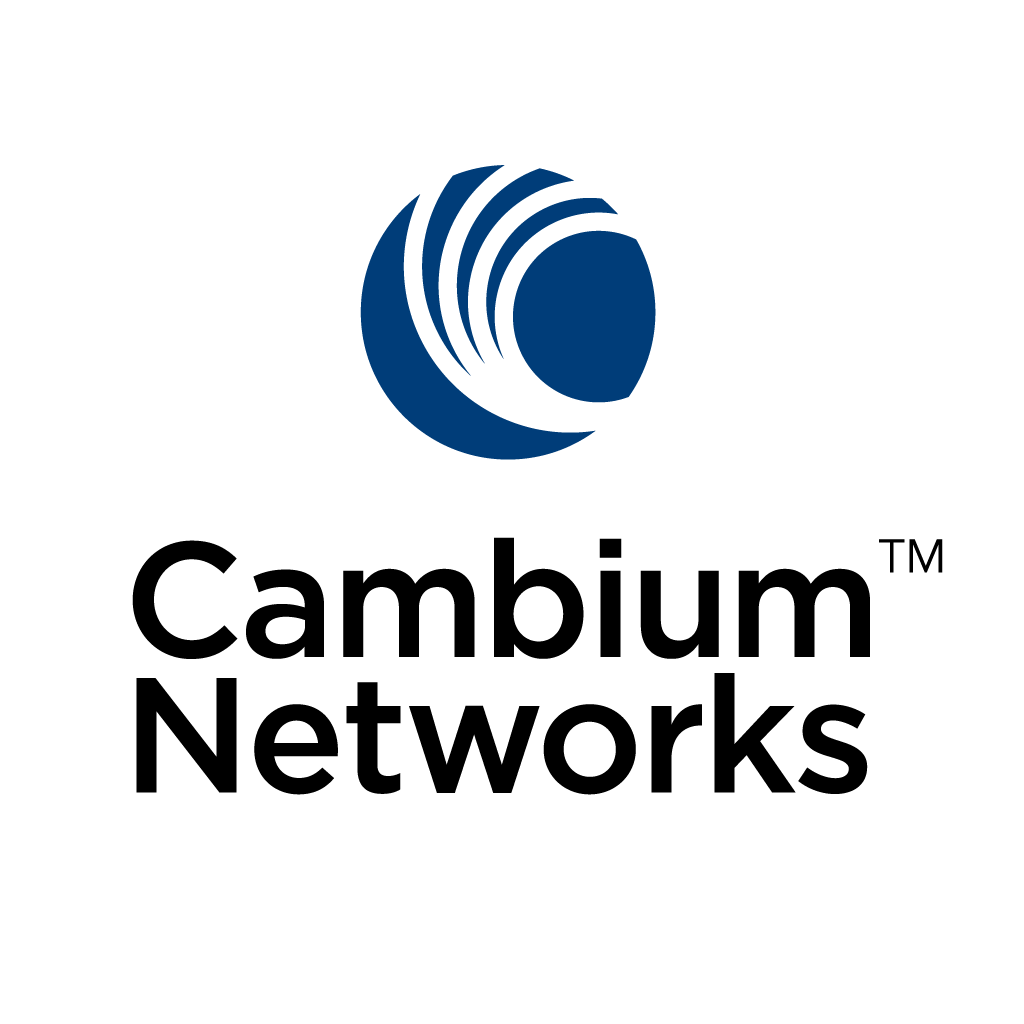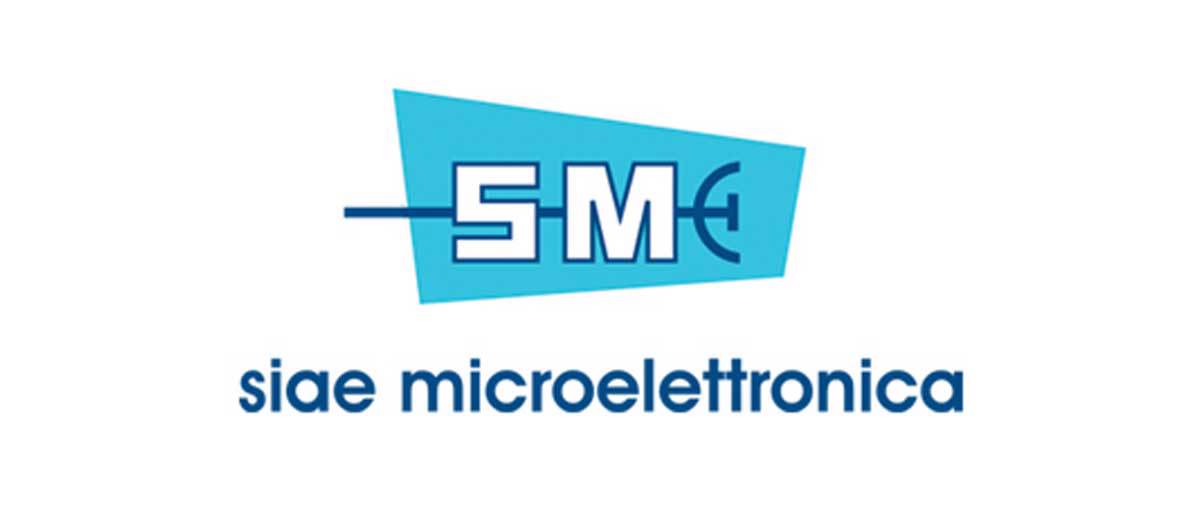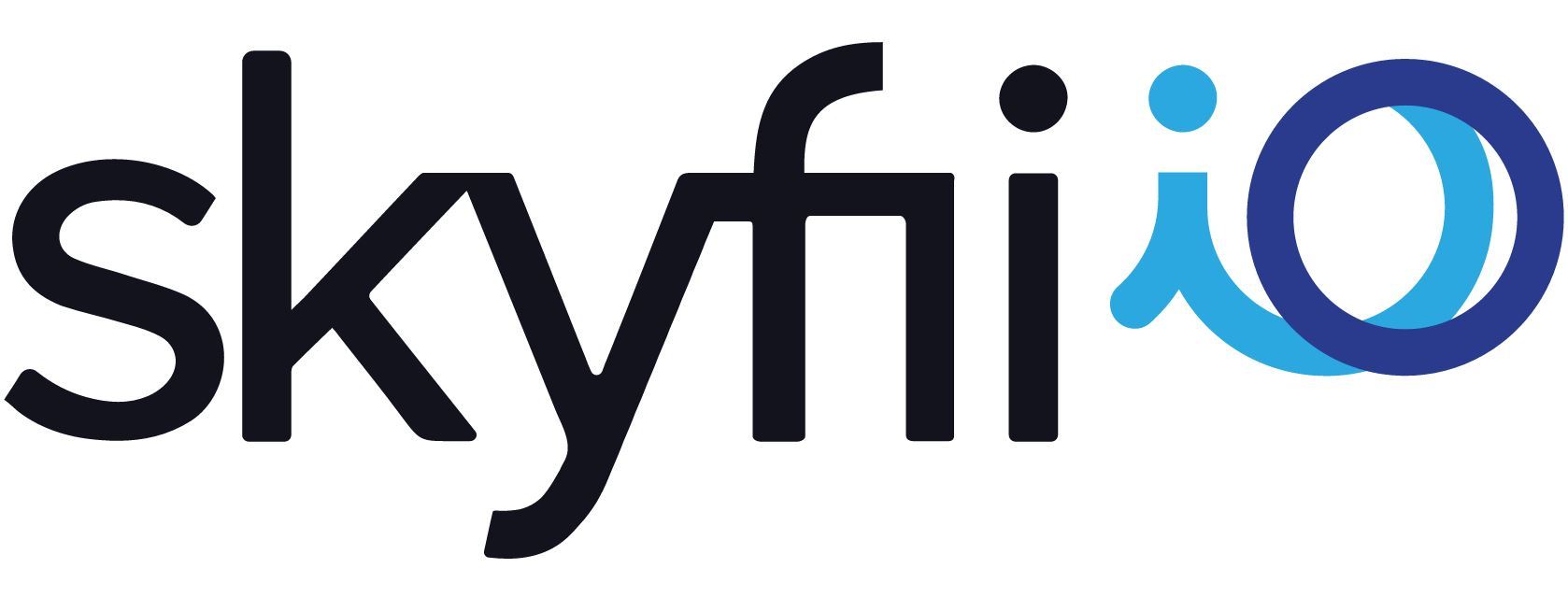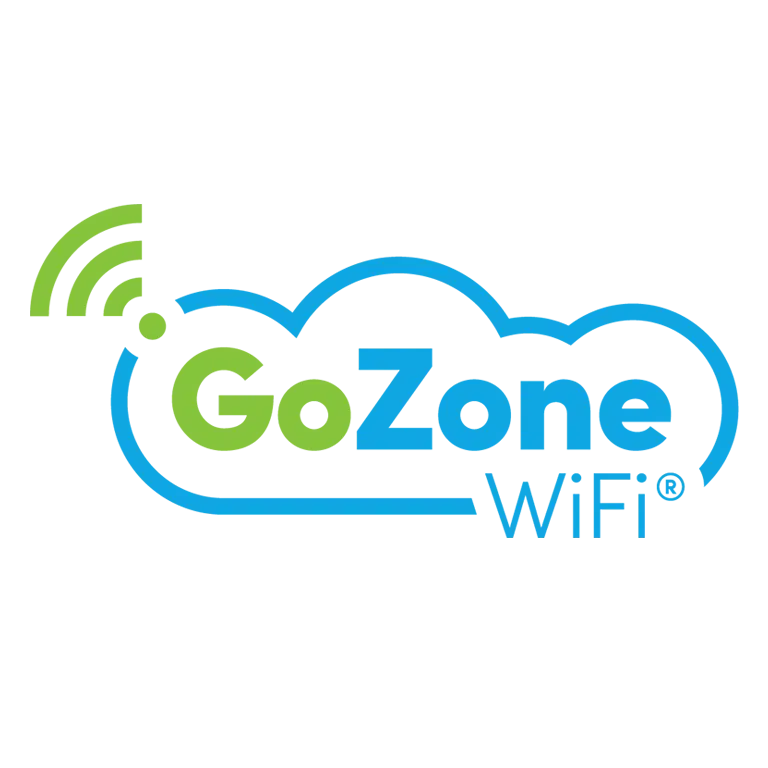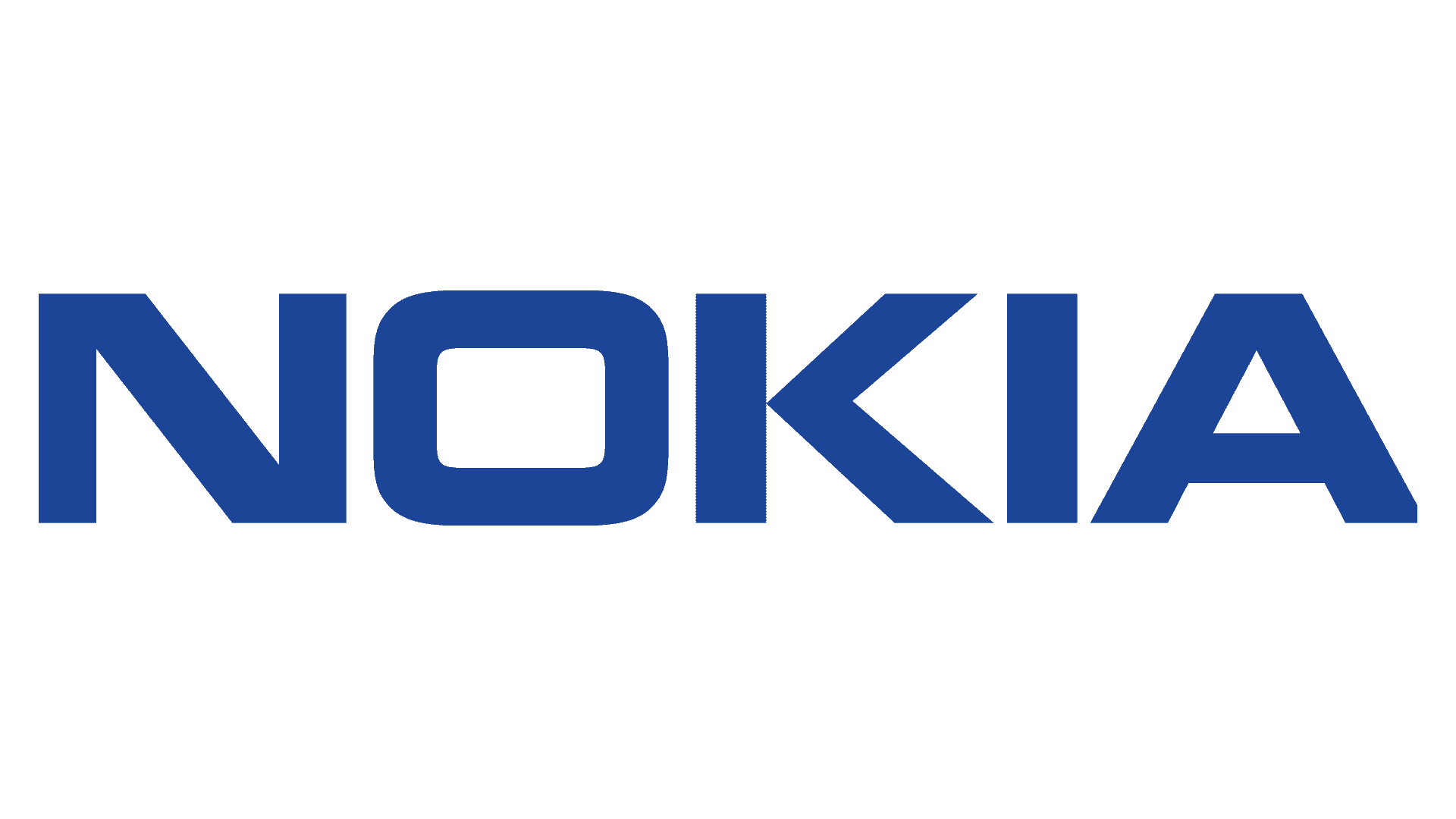In the latest Wireless Buffet podcast episode, Al Brown, President and CEO of SmartWave Technologies sits down with his go-to man, Walter Orell. As the Senior Vice President of Engineering at SmartWave, Orell has seen it all in terms of WiFi projects and customer types. Having been with the company since 2007, Orell’s career has evolved along with the world and scenarios he and his team work with. He’s also an Army veteran with a keen understanding of communication, cooperation, and teamwork. In this conversation, Brown and Orell discuss the evolution they’ve both seen across their core customer base, as well as in the technologies they rely on to build better public wireless networks.
“What are some challenges and changes to offerings in public wireless,” asked Brown. Orell says user expectations have shown a dramatic shift in the past few years – something that has accelerated in line with the pandemic.
“Some of the biggest differences are found in adoption of technologies, but also in what people are using wireless to accomplish,” Orell said. “User expectations have shifted so dramatically – what once was stopping at a café and expecting free WiFi has now become a broader expectation to have quality streaming capability and a constant sense of connection.”
SmartWave is a leading wireless centric system integrator, specializes in engineering and integrating wireless networks designed to support many applications and IoT devices. Specializing in Smart City applications as well as healthcare, enterprise, and education settings, this means Orell and his team build their engineering approach on managing challenges with density, BYOD, and many other factors.
“Tell us some best practices you’ve built in the engineering role around these networks,” Brown asked.
“Defining expectations up front is paramount,” Orell said. “You have to define how many users, where are they, what are they doing (streaming, email, etc.).” Across solutions, narrowing the requirements is crucial to establishing the correct solution. Let the scenario lead you to the right choice for the customer, ask plenty of questions, and determine what they’re really trying to do.”
Orell says customers’ knowledge level has been increasing, with many becoming quite astute on various solutions and having a much better idea of what they want. “Asking the question truly helps clarify the project goal and purpose.”
And while SmartWave has remained vendor agnostic, they will tell you they do have a few favorites they rely on to meet the demands of Smart City applications.
“We usually rely on Ruckus in many of these environments, unless a customer has an existing solution they need to stay in line with,” Orell said, recalling a favorite Ruckus story of his. “One of the first Ruckus radios I ever had, I got a kit and set it up at home, mapping it out in my home lab, and when I walked to the end of the driveway I had better signal than I did on my existing home network – and this was years ago.”
While that was years ago, Orell’s love of the solution has remained. In a dense environment like a convention center or airport, lots of streaming and downloading, throughput on Ruckus solutions still impresses Orell. He cites a go-to method he and his team use for challenging environments like convention centers with lots of usage – he and his team string an outdoor radio up from the rafters in the exhibit hall.
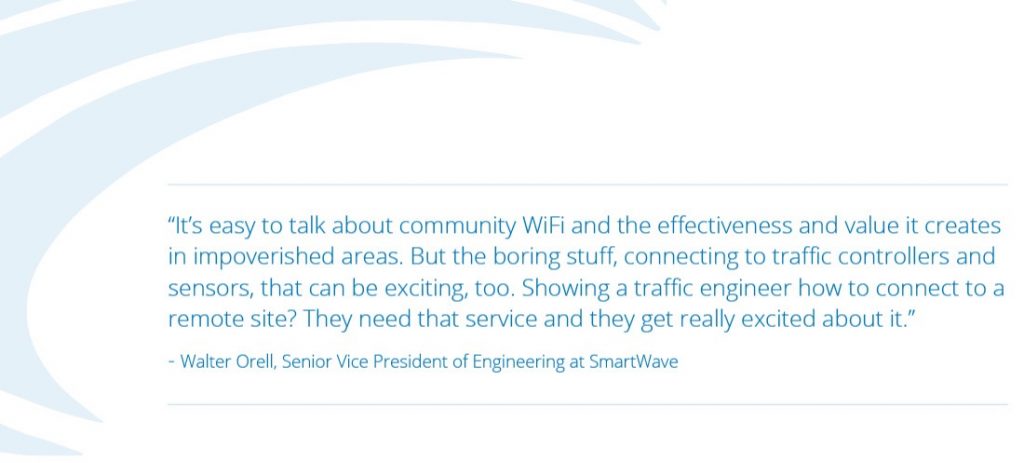 “You can have thousands of people in these exhibit halls, and with an outdoor radio hanging from the rafters, we’re able to reduce the channel interference.” Orell said. “This method has helped a lot in getting exhibitors and events to use the existing infrastructure in the convention center rather than having exhibitors in the technology space bother setting up their own network in the center.
“You can have thousands of people in these exhibit halls, and with an outdoor radio hanging from the rafters, we’re able to reduce the channel interference.” Orell said. “This method has helped a lot in getting exhibitors and events to use the existing infrastructure in the convention center rather than having exhibitors in the technology space bother setting up their own network in the center.
SmartWave has worked with many high density clients, but also specializes in Smart City work. Challenges inherent in working with government IT are that there’s usually a staff build to work with office environments – so it’s important to bring in expertise that helps expand those teams’ knowledge and resources. Orell maps out the plan based upon in depth conversations with city teams, understanding their current solutions, and providing the methodologies and solutions to help augment their team and change their network from the inside out.
“It’s easy to talk about community WiFi and the effectiveness and value it creates in impoverished areas,” Orell said. “But the boring stuff, connecting to traffic controllers and sensors, that can be exciting, too. Showing a traffic engineer how to connect to a remote site? They need that service and they get really excited about it.”
With Orell and Brown both hearing from their Smart City customers that they are actively seeing more adults and children sitting outside their homes trying to connect to community WiFi, they’re hoping to engage customers on adding additional access points to expand connectivity in disadvantaged communities. “This is not some fun thing, this is a utility – it’s up there with power and water now,” Orell said.
“Having a very simple design for free WiFi, client isolation that works, the Ruckus (solution) provides a great way to tunnel traffic across networks and level up digital equity across communities.” For Brown, Orell, and the rest of the team have learned that having a bullish adherence to their process and a simple solution that just works has allowed them to work through many projects quickly while adapting to each individual customer’s needs. Orell also says that in-depth RF analysis and modeling capability has been crucial to the company’s success. “It’s a lot easier to use real-world modeling and results to map out a deployment than the way we used to do it – driving every street.”
Despite growing 5G availability, Orell says that he sees WiFi being a key driver in the market for years to come – and something that SmartWave is built as an organization to handle and support.
“It’s not the size of the company, but the relationship that pushes us to the next level with customers.”


